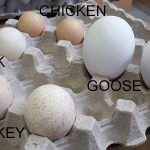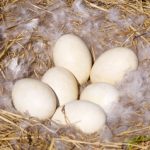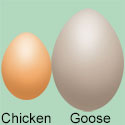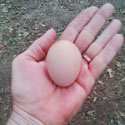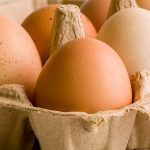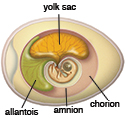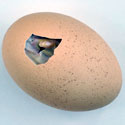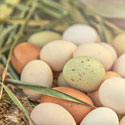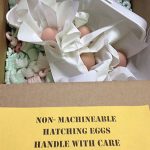
Eggs that are sold specifically for hatching are called, fittingly enough, hatching eggs. They cost more than eating eggs but come with no guarantee they will hatch. Too many variables are not under the seller’s control. Even eggs laid by your own hens, or otherwise sourced locally, are not guaranteed to hatch. But when hatching […]
Continue Reading
